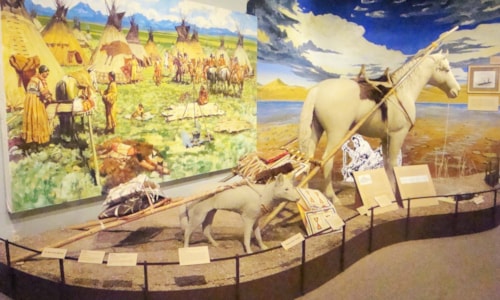Cornish Pasties, Not a Butte Tradition
Fans of the blog might remember that last year I conducted important anthropological research on Butte pasties. Here’s a recap: I ate a lot of Butte pasties and they were delicious. Recently I managed to continue my research on pasties in Cornwall, which is to pasties what the Louvre is to old pictures. For Montanans it is hard to associate pasties with anywhere but Butte, but Cornwall is pretty adamant that pasties originated in Cornish mines. In fact, Cornish pasties are so famous in the rest of the world that there are actually laws about them. Legally, Cornish pasties have to be made in Cornwall. Everywhere else has to describe them as “based on Cornish pasties” or something like that. The Cornish take their pasties as seriously as the French take their wine.

So, a Cornish pasty. In the name of research, I ate multiple pasties while in Cornwall. Cornish pasties consist of cubed beefsteak, potatoes, onions, and swede (when Brits say “swede,” they mean rutabaga) in a pocket of pastry, folded on the edge and baked. Right away you can see two major differences: Butte pasties use hamburger and reject swede on principal. To be honest, those are really the only differences. Let’s face it, in the world of savory pies (the best world) those aren’t major differences. Butte pasties have much more in common with Cornish pasties than they do with Argentinian empanadas (which the Cornish also claim is derivative), and they have way more in common with each other than with calzones. Probably Butte pasties evolved from pasties introduced by Cornish miners. But they are no longer Cornish pasties. They are purely and uniquely Butte. A subspecies of Cornish pasties, perhaps, but distinct all the same.
That is my working hypothesis anyway. There is still much work to be done in the study of savory pies. I believe that I am the man for the job.











